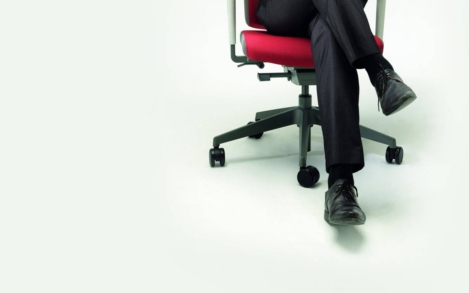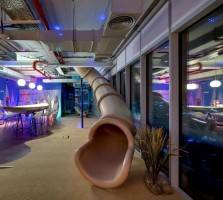November 6, 2015
Email overload draining your productivity? Let your tech answer for you 0
 At this week’s CIPD conference in Manchester, HR Godfather Cary Cooper used his keynote address to highlight the deleterious effects of email on productivity and wellbeing. He once more highlighted how email remains the single most substantial drain on people and called on the serried ranks of managers to take up arms against our overstuffed inboxes. No doubt he now welcomes the news that one tech company is determined to become the solution to the problem, even though they’re also the cause of it. Google have launched a system called Smart Reply for Gmail users which uses a ‘deep neural network’ to analyse incoming emails and suggest three likely replies to mobile users to choose from, enabling them to respond quickly and without expending too much energy. Responses are not based on any insight into the user’s own preferences, but what the system considers likely as a general rule.
At this week’s CIPD conference in Manchester, HR Godfather Cary Cooper used his keynote address to highlight the deleterious effects of email on productivity and wellbeing. He once more highlighted how email remains the single most substantial drain on people and called on the serried ranks of managers to take up arms against our overstuffed inboxes. No doubt he now welcomes the news that one tech company is determined to become the solution to the problem, even though they’re also the cause of it. Google have launched a system called Smart Reply for Gmail users which uses a ‘deep neural network’ to analyse incoming emails and suggest three likely replies to mobile users to choose from, enabling them to respond quickly and without expending too much energy. Responses are not based on any insight into the user’s own preferences, but what the system considers likely as a general rule.








 In years gone by, a ‘one size fits all’ approach to office design might have been the norm, but as the decades have progressed, so too have the options available to businesses designing ‘homes from home’ for their office-based workforces. As new interpretations of the office environment proliferated, so the open plan model came to into being and eventually evolved into the default office design model. This initially brought greater variety than ever before but, ultimately, a one size fits all mentality in
In years gone by, a ‘one size fits all’ approach to office design might have been the norm, but as the decades have progressed, so too have the options available to businesses designing ‘homes from home’ for their office-based workforces. As new interpretations of the office environment proliferated, so the open plan model came to into being and eventually evolved into the default office design model. This initially brought greater variety than ever before but, ultimately, a one size fits all mentality in 
 Companies are rethinking the tools they use to keep employees engaged and loyal – especially at a time when flexibility and choice are increasingly important to an workforce that craves mobility and choice. A newly released survey from
Companies are rethinking the tools they use to keep employees engaged and loyal – especially at a time when flexibility and choice are increasingly important to an workforce that craves mobility and choice. A newly released survey from 























October 27, 2015
Seven ways your choice of new office may boost business performance 0
by Darren Bilsborough • Comment, Facilities management, Property
More →